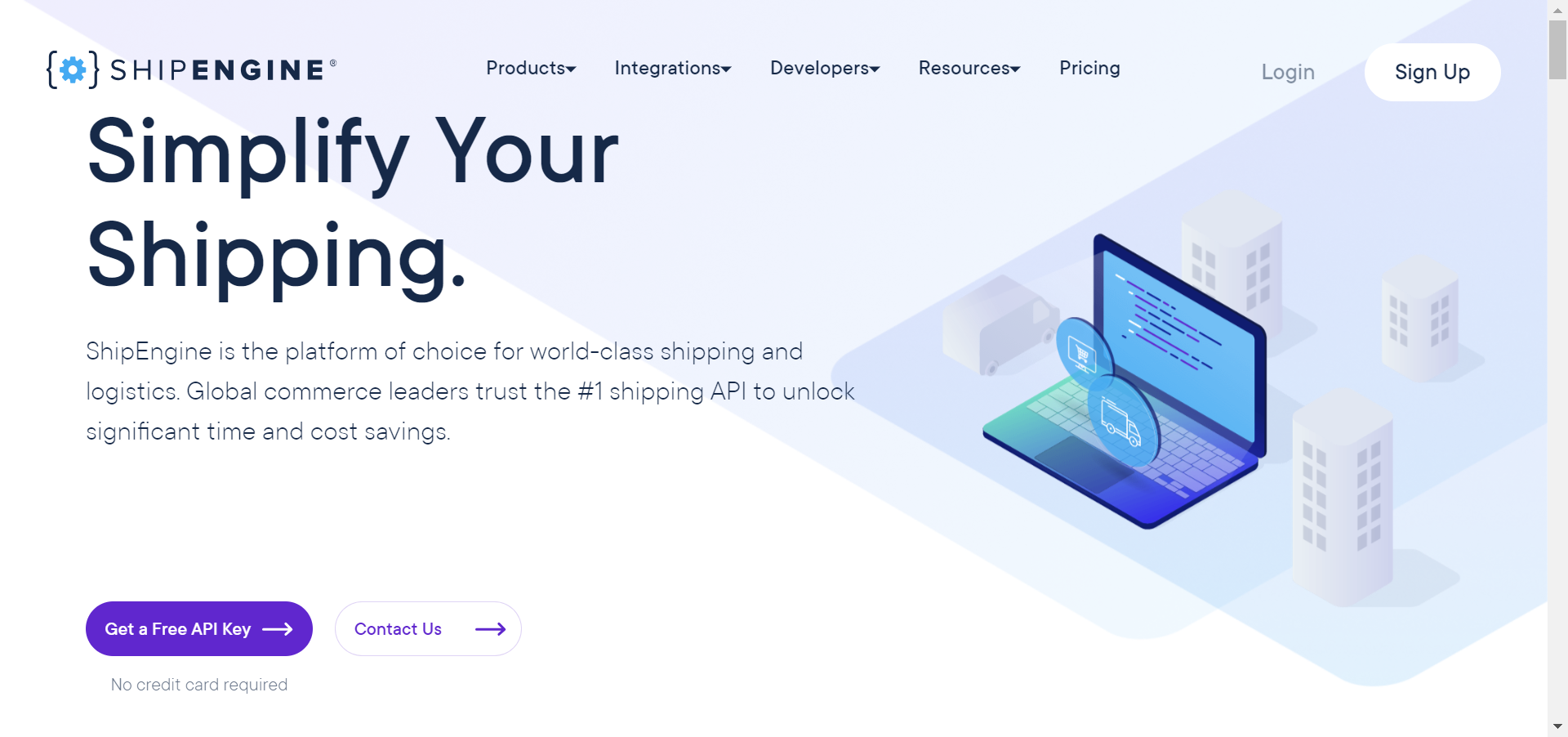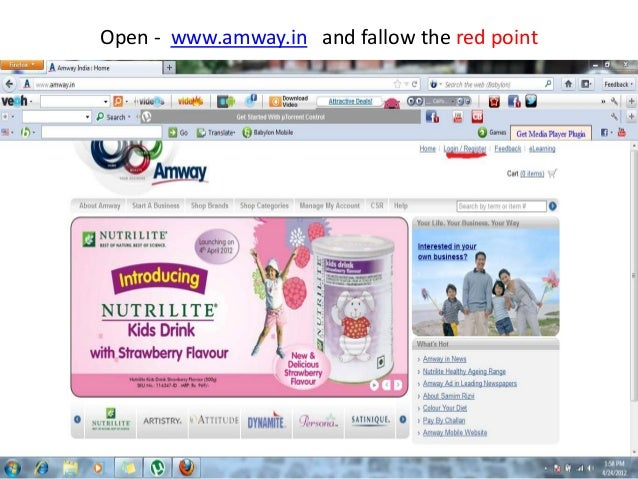Banggood dropshipping for beginners – product feed automation
In the world of e-commerce, dropshipping has emerged as a popular business model due to its low entry barriers and potential for high-profit margins.
One of the key elements of a successful dropshipping business is the ability to efficiently sync product data from suppliers.
For beginners looking to venture into dropshipping, Banggood offers a lucrative opportunity with its wide range of products and dropshipping program.
To streamline this process, automation tools like product feed synchronization can be a game-changer.
– Product Feeds and Automation:
Product feed automation simplifies the process of importing and updating product information from suppliers.
By utilizing APIs or data feeds such as CSV, Excel, or XML, online store owners can seamlessly sync product details like prices, descriptions, and availability.
This automation eliminates the need for manual data entry, saving time and reducing the risk of errors.
– Banggood Dropshipping:
Banggood is a well-known e-commerce platform that connects suppliers with online retailers.
It offers a diverse selection of products across various categories, making it an attractive option for dropshippers.
With Banggood’s dropshipping program, beginners can leverage its extensive product catalog without the need to hold inventory or manage shipping logistics.
This allows entrepreneurs to focus on marketing and growing their online store.
– Benefits of Product Feed Automation for Banggood Dropshipping Beginners:
1.
Time Efficiency:
Automating the product feed synchronization process frees up time that can be better utilized for marketing strategies and business growth.
2.
Accuracy:
Automation reduces the likelihood of errors that may arise from manual data entry, ensuring that product information is up-to-date and consistent.
3.
Scalability:
As the dropshipping business expands, automation tools can easily accommodate a growing number of products and suppliers.
4.
Competitive Advantage:
By streamlining operations through automation, beginners can stay ahead of competitors and offer a seamless shopping experience to customers.
– How DROFX Simplifies Product Feed Automation for Banggood Dropshippers:
DROFX is a comprehensive service designed to help online store owners automate the process of syncing product data from suppliers like Banggood.
With DROFX, users can easily connect to Banggood’s API or import data feeds to update product information in real-time.
[read more at www.sourcelow.com]
The platform offers customizable options to map product attributes, schedule regular updates, and manage multiple suppliers efficiently.
– Key Features of DROFX for Banggood Dropshippers:
1.
Seamless Integration:
DROFX seamlessly integrates with Banggood’s platform, allowing users to sync product data effortlessly.
2.
Customizable Mapping:
Users can map product attributes to ensure accurate and consistent product listings on their online store.
3.
Real-time Updates:
DROFX enables users to schedule automatic updates to reflect price changes, stock levels, and product descriptions in real-time.
4.
Supplier Management:
Users can easily manage multiple suppliers through a centralized dashboard, simplifying the dropshipping process.
In conclusion, for beginners embarking on their dropshipping journey with Banggood, implementing product feed automation through tools like DROFX can be a game-changer.
By streamlining the process of syncing product data, online store owners can focus on growing their business and providing an enhanced shopping experience for customers.
[learn more at www.dropship.io]
Automating product feed synchronization not only saves time and reduces errors but also enables beginners to scale their dropshipping business effectively.









